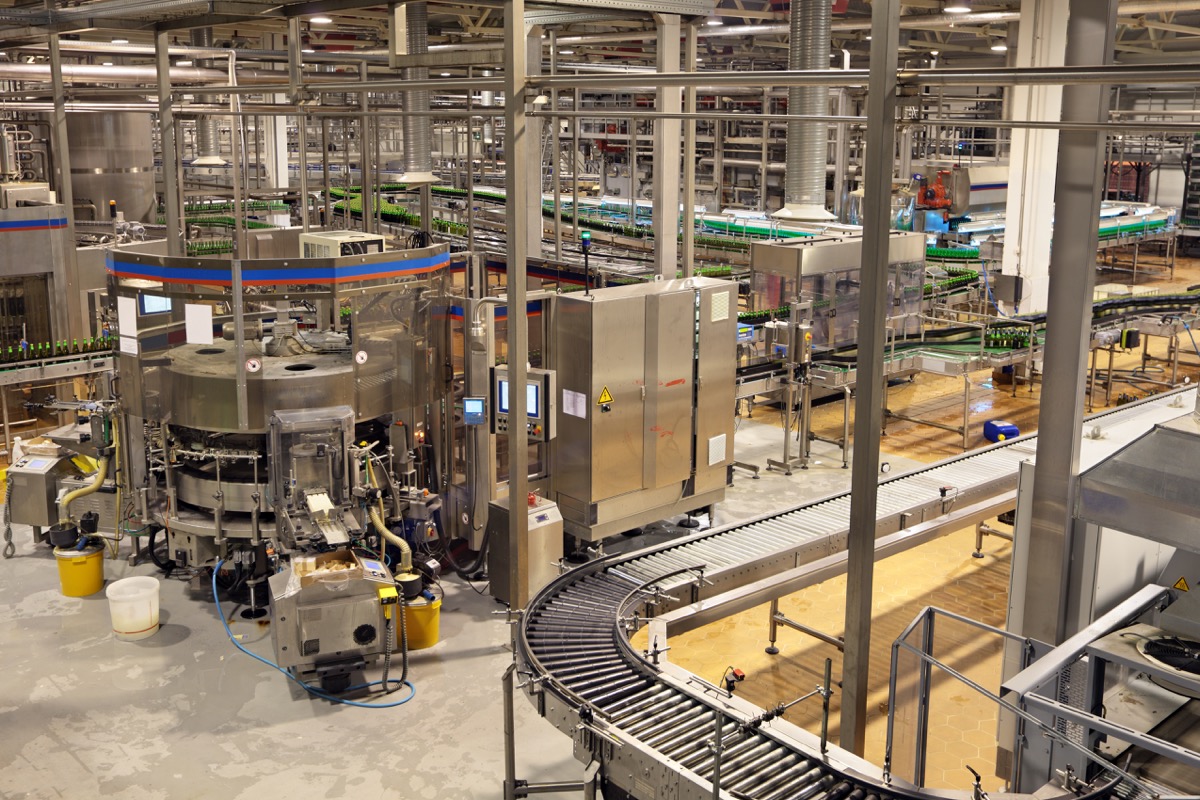The Implications of Large Fixed Costs
Dec 15, 2015
Occasionally we encounter businesses with huge fixed costs compared to their variable costs. Traditionally, variable costs represent 60% or more of total product cost with the remaining percent devoted to the allocation of fixed cost to a product. However, more and more we work with businesses with 70% or 80% of their total product cost devoted to fixed cost with the remaining, smaller portion, representing the variable cost. This might be true in an industry which has relatively low raw material cost but high capital intensive costs associated with the operations required to convert this raw material.
In some cases, service businesses which rely on a large salaried staff of professionals, but have relatively low expenditures in the capital equipment area, may also have high fixed costs in relation to their total product cost. Industries structured with extraordinarily high fixed cost, little or no raw material cost, and very modest equipment costs fall into this category. In some cases, the overhead cost excluding direct labor is also fixed but relatively modest. A good example would be engineering firms.
 Businesses with high fixed costs to recover focus on determining volumes for the upcoming year with regard to product costing. The ability to manage radical changes in cost and volume is difficult without significantly affecting the future operations of the company. Whether it’s human capital or fixed asset capital, the ability to dramatically decrease or increase cost based on your capital expenditures can be limited in the short-term.
Businesses with high fixed costs to recover focus on determining volumes for the upcoming year with regard to product costing. The ability to manage radical changes in cost and volume is difficult without significantly affecting the future operations of the company. Whether it’s human capital or fixed asset capital, the ability to dramatically decrease or increase cost based on your capital expenditures can be limited in the short-term.
I have heard repeatedly in the service industry that although professional services have a high degree of elasticity as it relates to changes in volume, the problem can be expected if annual volumes increase or decrease by more than 20% in a year. The theory is the elasticity of professional services can be stretched upward or downward to accept a 20% change. However, beyond such, problems will be encountered. More specifically, if a business attempts to grow at a rate greater than a sustained 20% a year or suffers a reduction in volume of greater than 20% a year.
Although I have never heard similar comparisons, I suspect capital equipment-intensive businesses have similar difficulties once their maximum annual capacity is achieved. If a reasonable capacity is 10,000 units a month and a company attempts to produce 12,000 units a month by running equipment in overtime or extended hours, then such an increase in activity can be sustained for awhile. However, in the end, it will be difficult, if not impossible, to sustain.
Of course, the costing issues associated with any business with huge fixed costs has primarily to do with how those costs will be allocated to production. If variable costs are a minor portion of a business’ cost structure, the chosen method regarding the allocation base and the monitoring that is done throughout the year to compare, are all very relevant. They are relevant in the sense they provide a plan to compare actual results with actions and offer valuable information going forward.
Categories: Cost Accounting
